 |
 |
 |
 |
 |
|
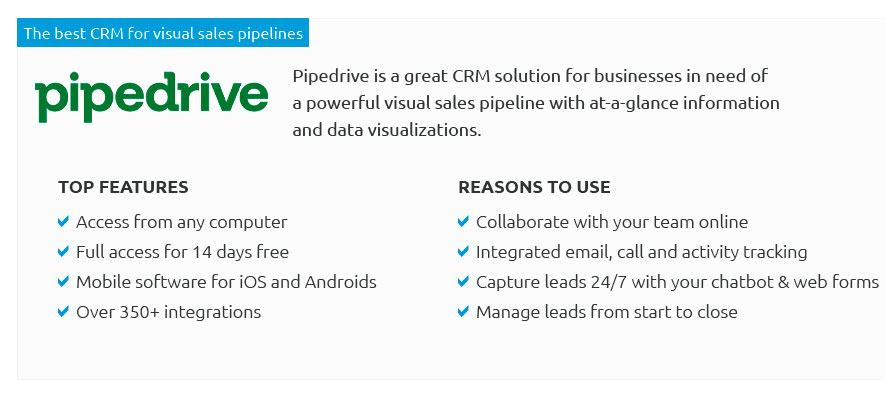 |
|
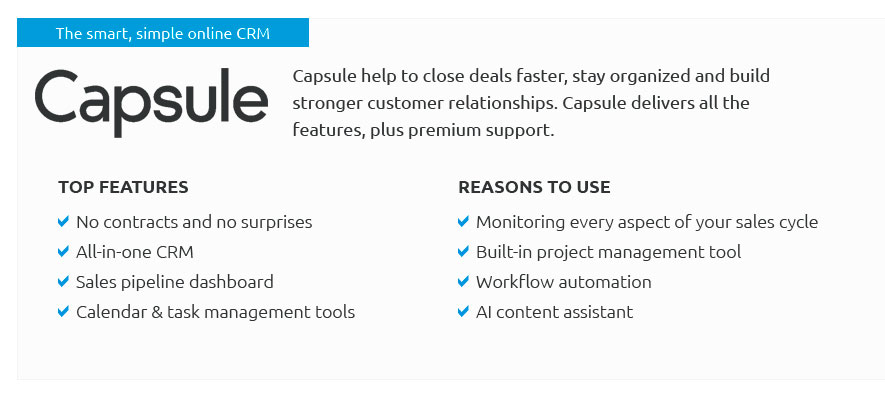 |
|
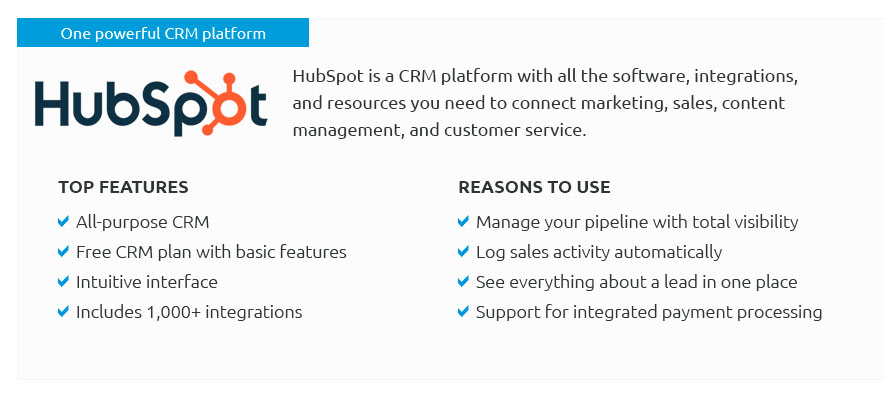 |
|
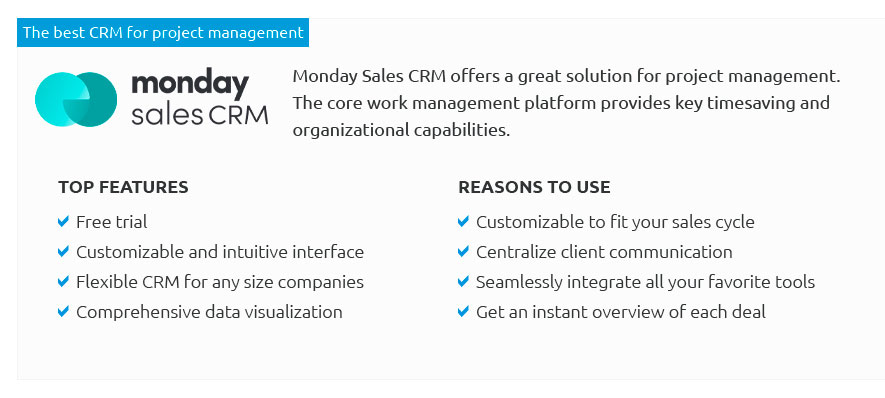 |
|
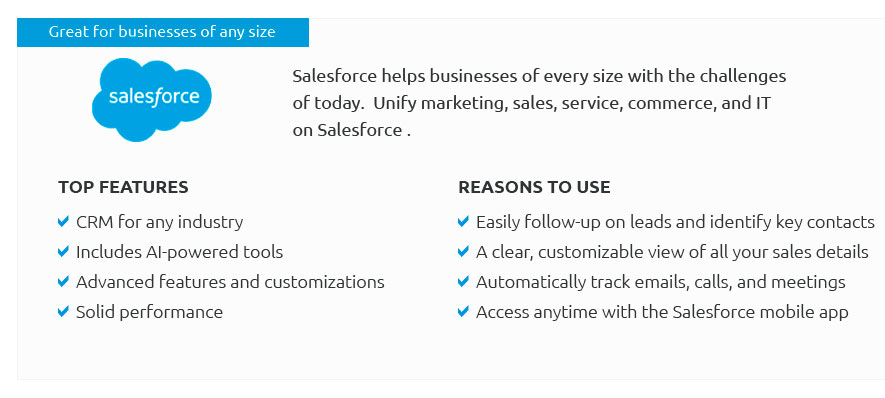 |
|
 |
 |
Understanding Project Timeline Templates: An Essential Guide for SuccessIn the ever-evolving landscape of project management, the project timeline template emerges as an indispensable tool that guides teams through the labyrinth of tasks, deadlines, and deliverables. It is not merely a chart or a sequence of dates; it is a strategic blueprint that encapsulates the essence of planning, execution, and reflection. For those new to the concept, a project timeline template serves as a visual representation of the project schedule, highlighting the key milestones and the timeline of each phase. It provides a clear roadmap, enabling teams to stay on track and ensuring that all members are aligned with the project's objectives. At its core, a project timeline is a chronological order of activities that need to be completed, and it often incorporates various project management methodologies such as Agile, Waterfall, or Scrum, depending on the nature and requirements of the project. A well-crafted timeline template can help in identifying potential bottlenecks and allocating resources efficiently, thus minimizing the risk of delays and overspending. The creation of a project timeline template begins with a thorough understanding of the project's scope and objectives. One must ask pertinent questions: What are the project’s goals? Who are the stakeholders involved? What resources are required? Answering these questions provides a foundation upon which the timeline is built. The next step involves listing all tasks that need to be accomplished, assigning responsibilities, and estimating the time required for each task. This process not only ensures accountability but also fosters a sense of ownership among team members. Common Concerns and Solutions:
In conclusion, while creating a project timeline template may initially seem daunting, its benefits are manifold. It acts as a compass, steering the project towards success by ensuring that every team member knows their role, understands the expectations, and is aware of the deadlines. In the fast-paced world of project management, where time is often of the essence, a well-structured timeline is not just a tool but a necessity. Whether you're a seasoned project manager or a novice, embracing the discipline of timeline planning can significantly enhance the efficiency and effectiveness of your projects. As with any tool, the key lies in its thoughtful implementation and continuous adaptation to the project's evolving needs. https://clickup.com/blog/project-timeline-templates/
We've compiled a list of 15 free project timeline templates in ClickUp, Excel, Word, and PowerPoint to help you organize your tasks and activities. https://plaky.com/learn/work-tools-and-templates/project-timeline-templates/
We've prepared 11 project timeline templates for project managers that can be easily customized and shared with team members and stakeholders. https://miro.com/templates/timeline/
The Production Timeline Template is a visual roadmap, systematically outlining the sequence of activities, tasks, and milestones of a project over a defined ...
|